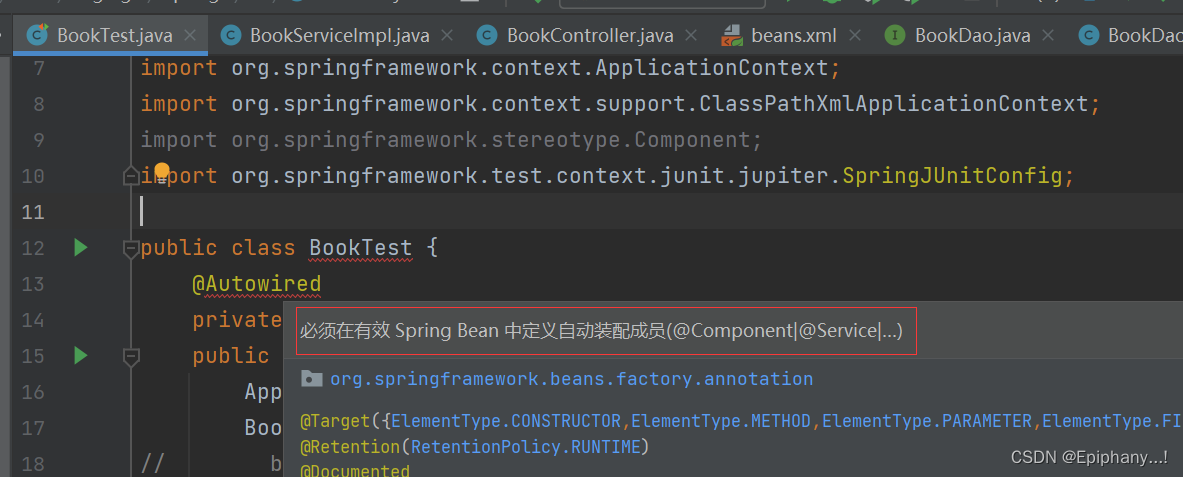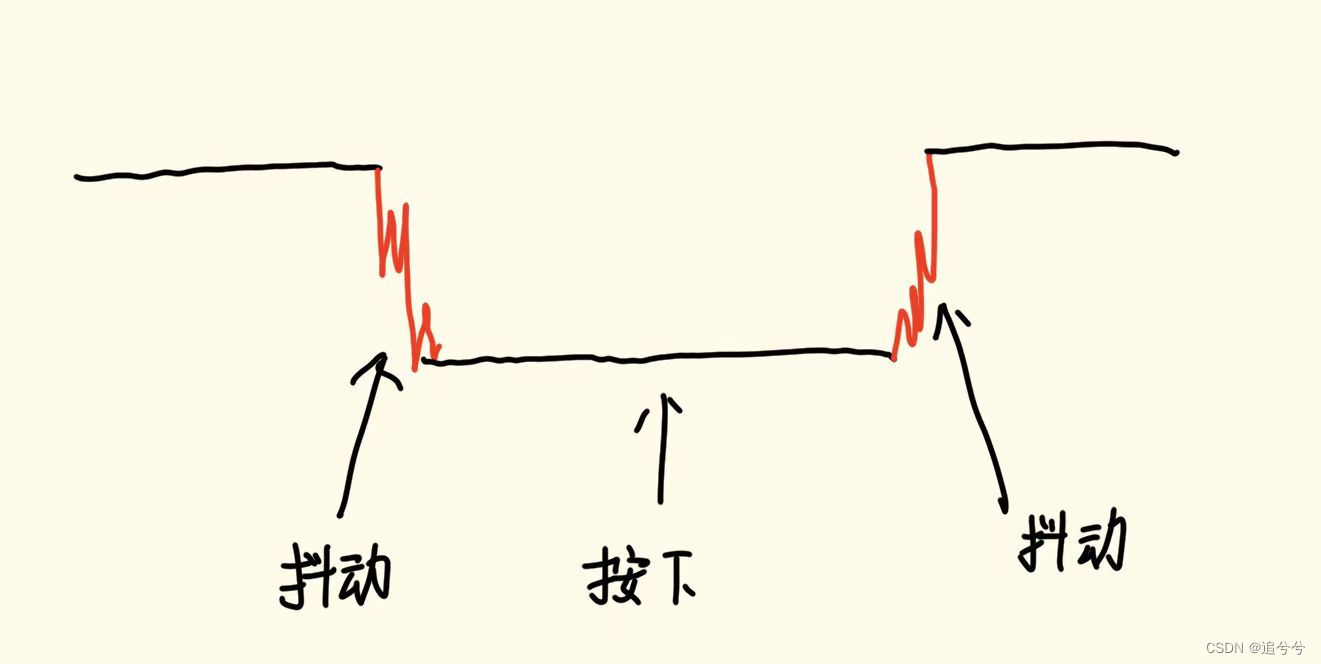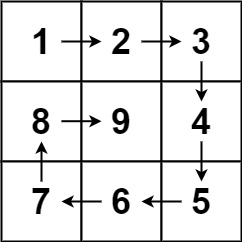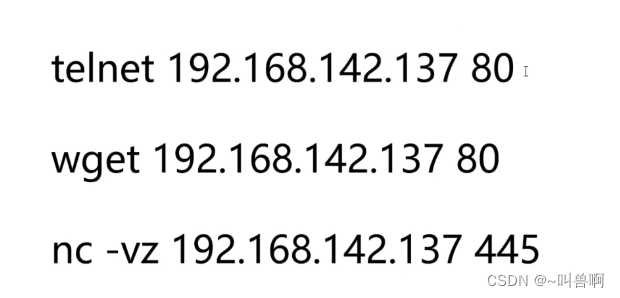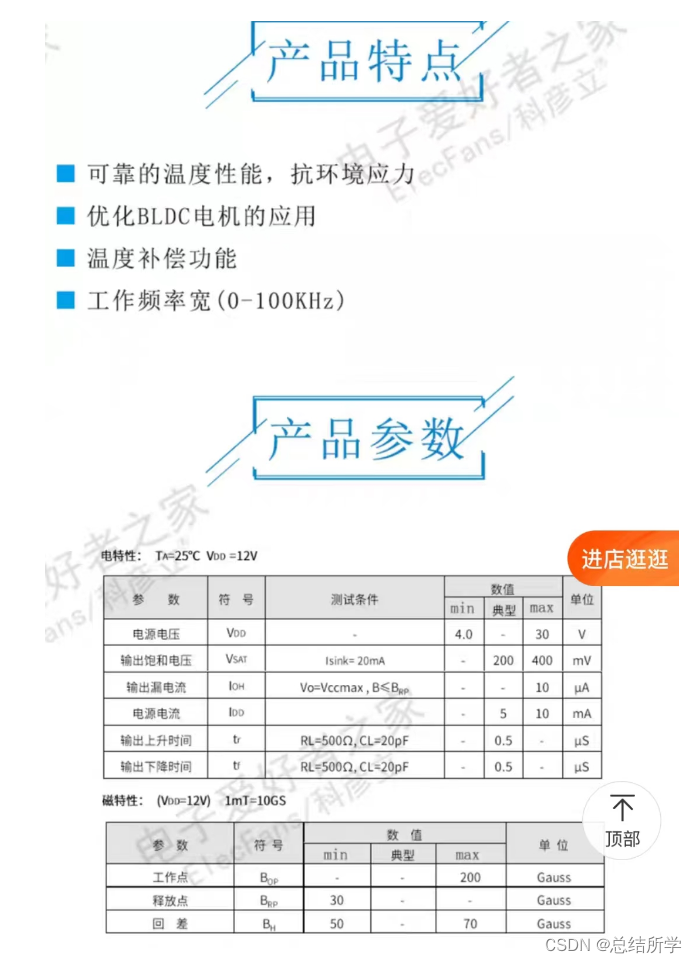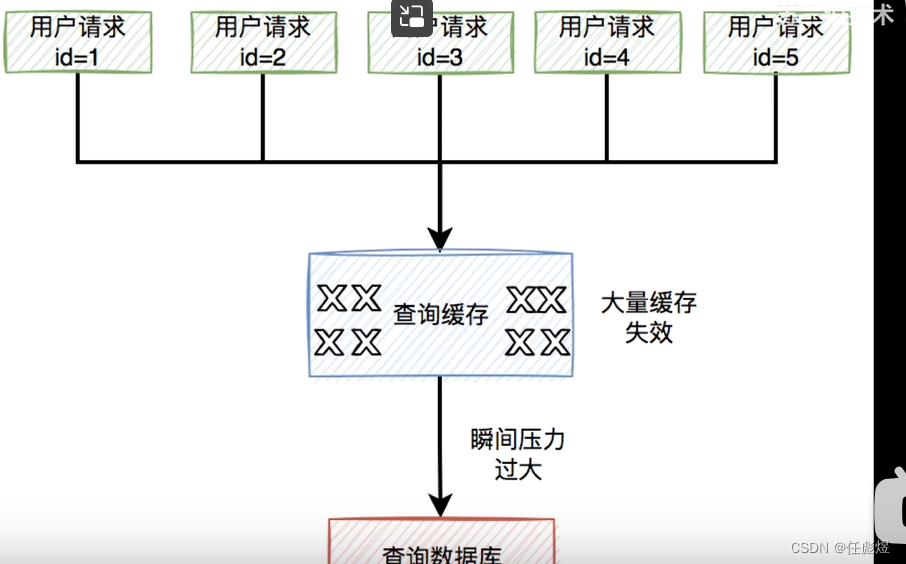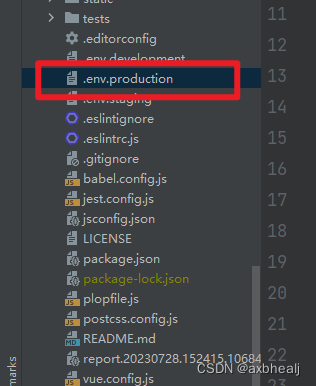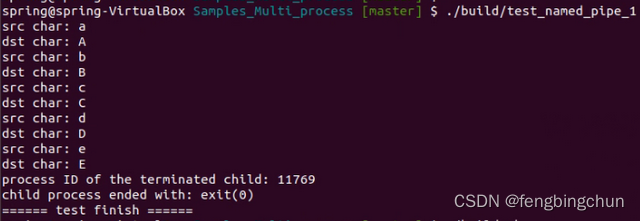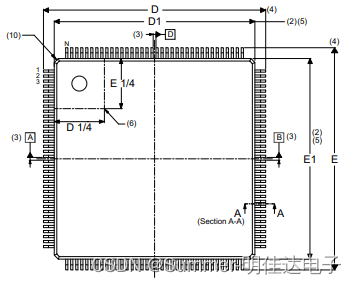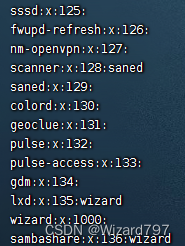白银挑战-回溯热门问题
回溯主要解决一些暴力枚举也搞不定的问题zh,例如组合、分割、子集、排列、棋盘等。
1. 组合总和问题
LeetCode39
https://leetcode.cn/problems/combination-sum/
思路分析
如果不考虑重复,跟题目 LeetCode 113 类似
考虑重复的话,需要重新分析
对于序列{2,3,6,7}, target_sum=7
先选择1个2,剩下target=7-2=5
再选择1个2,剩下target=7-2-2=3
再选择1个2,剩下target=7-2-2-2=1,小于列表中最小的数2,不满足要求了
回退只选2个2时,target=7-2-2=3,序列{2,3,6,7}中有3,满足要求,{2,2,3}
回退只选1个2时,target=7-2=5,这时候不能选择2,从序列{3,6,7}中选择,没有符号要求的
依次类推,后面尝试从3、6、7开始选择,如图所示
图的横向是针对每个元素的暴力枚举,纵向是递归
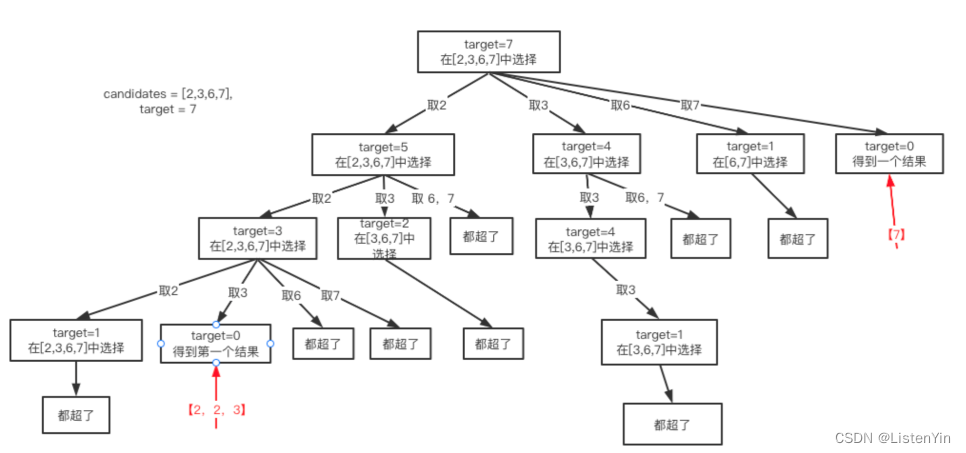
代码实现
class Solution:
def combinationSum(self, candidates: List[int], target: int) -> List[List[int]]:
def dfs(path, nums, start_index, target):
if target < 0:
return
if target == 0 and path:
res.append(path[:])
return
for i in range(start_index, len(nums)):
if nums[i] <= target:
path.append(nums[i])
dfs(path, nums, i, target - nums[i])
path.pop()
candidates.sort()
res = []
path = []
dfs(path, candidates, 0, target)
return res
class Solution:
def combinationSum(self, candidates: List[int], target: int) -> List[List[int]]:
def dfs(path, start):
if path and sum(path) > target:
return
if path and sum(path) == target:
res.append(path[:])
return
for i in range(start, len(candidates)):
path.append(candidates[i])
dfs(path, i)
path.pop()
candidates.sort()
res = []
dfs([], 0)
return res
题目拓展
如果输入的 candidates 数组中存在负数怎么办,如何实现呢?
2. 分割回文串
分割问题也是回溯要解决的典型题目之一,常见的题目有分割回文串,分割IP地址、以及分割字符串等
LeetCode131 分割回文串
https://leetcode.cn/problems/palindrome-partitioning/
思路分析
本题包含两个点:
- 如何判断回文串?=> 双指针
- 如何切割?=> 回溯
暴力切割,非常困难,使用回溯就简单清晰的多
- 试一试,第一次切’a’,第二次切’aa’,第三次切’b’,对应的回溯里的for循环,横向
- 第一次切了’a’,剩下’ab’。进行递归继续切割’ab’,对应纵向
- 切割线切割到字符串的结尾位置,说明找到了一个切割方法
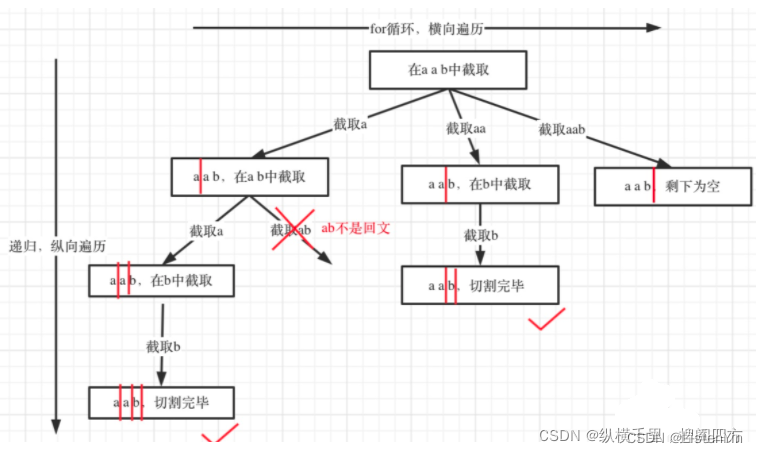
代码实现
class Solution:
def __init__(self):
self.res = []
self.path = []
# 判断回文串
def is_palindrome(self, str):
start, end = 0, len(str) - 1
while start < end:
if str[start] != str[end]:
return False
start += 1
end -= 1
return True
# 回溯
def backtracking(self, start_index, s):
if self.path and start_index > len(s) - 1:
self.res.append(self.path[:])
return
for i in range(start_index, len(s)):
# 判断是否为回文串
child_str = s[start_index:i + 1]
if self.is_palindrome(child_str):
self.path.append(child_str)
self.backtracking(i + 1, s) # 递归纵向遍历,判断其余是否是回文串
self.path.pop() # 回溯
def partition(self, s: str) -> List[List[str]]:
if not s:
return []
self.backtracking(0, s)
return self.res
3. 子集问题
子集问题,回溯的经典使用场景。
回溯可以化成一种树状结构,子集、组合、分割问题都可以抽象为一棵树
子集问题与其他类型相比有个明显的区别,组合问题一般找到满足要求的结果即可,而集合则要找出所有的情况
LeetCode 78 子集
https://leetcode.cn/problems/subsets/
思路分析
递归停止条件
什么时候停下来?起始可以不加终止条件,因为 start_index >= nums.size(),本层for循环本来就结束了。
求取子集问题,不需要任何剪枝!子集就是要遍历整棵树
例子:分析 [1,2,3] 的子集
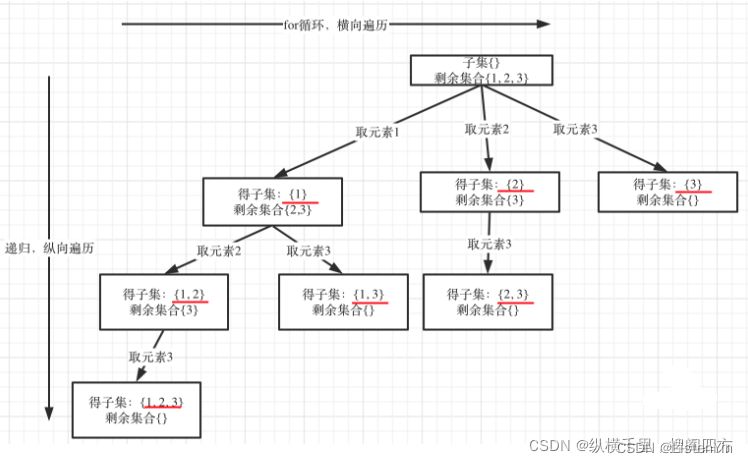
代码实现
class Solution:
def subsets(self, nums: List[int]) -> List[List[int]]:
def dfs(start_index, path):
res.append(path[:])
# 终止条件加不加都行
if start_index >= len(nums):
return
for i in range(start_index, len(nums)):
path.append(nums[i])
dfs(i + 1, path)
path.pop()
res = []
path = []
dfs(0, path)
return res
4. 排列问题
LeetCode 46
https://leetcode.cn/problems/permutations/
思路分析
这个问题与前面组合等问题的一个区别是使用过的后面还要在用,如[1,2]和[2,1],从集合的角度看是一个,从排列的角度看是两个
元素1在[1,2]中已经使用过了,但是在[2,1]中还要再使用一次,所以就不能用start_index,为此可以使用一个used数组来标记已经选择的元素
终止条件的判断:收集元素的数组path的大小和nums数组一样大的时候,说明找到了一个全排列,表示到达了叶子结点
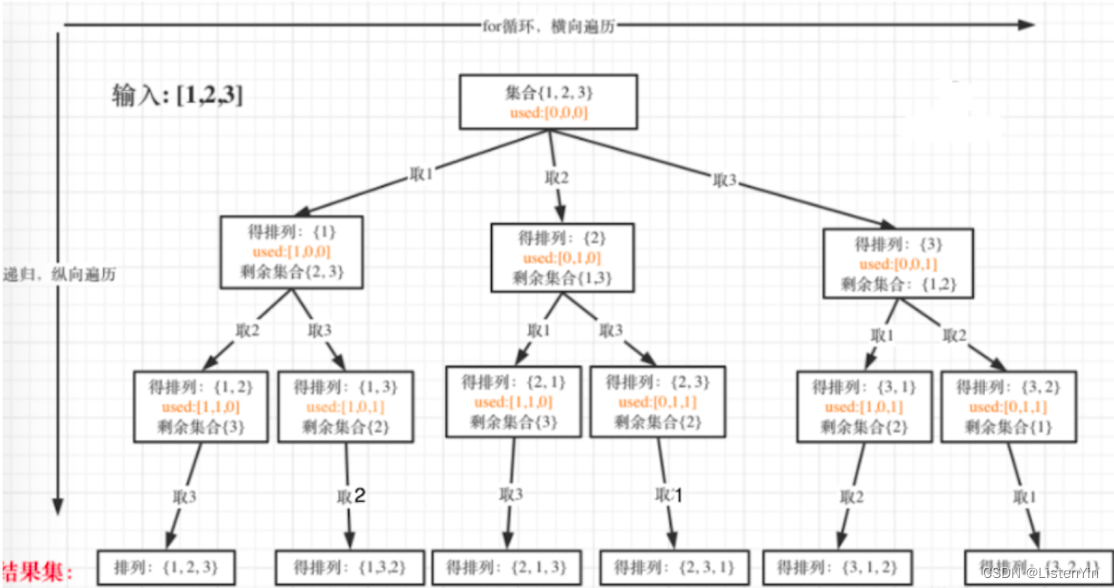
代码实现
class Solution:
def permute(self, nums: List[int]) -> List[List[int]]:
def dfs(path):
if len(path) == len(nums):
res.append(path[:])
for i in nums:
# 如果i已经被path收录,跳过
if i not in path:
path.append(i)
dfs(path)
path.pop()
res = []
path = []
dfs(path)
return res
class Solution:
def permute(self, nums: List[int]) -> List[List[int]]:
def dfs(path, used):
if len(path) == len(nums):
res.append(path[:])
for i in range(len(nums)):
if used[i]:
continue
used[i] = True
path.append(nums[i])
dfs(path, used)
path.pop()
used[i] = False
res = []
path = []
used = [False] * len(nums)
dfs(path, used)
return res
5. 字母大小写全排列
LeetCode 784
https://leetcode.cn/problems/letter-case-permutation/
思路分析
这里的数字是干扰项,我们需要做的是过滤掉数字,只处理字母。另外还要添加个大小写转换的方法
由于每个字符的大小写形式刚好差了32,u因此在大小写转换时可以用加减32来进行转换和恢复
有点类似于上面的子集问题,多了一个判断是字母的处理
代码实现
class Solution:
def letterCasePermutation(self, s: str) -> List[str]:
def dfs(s_list, index):
ans.append(''.join(s_list))
# 此处递归终止条件可有可无
if index >= len(s_list):
return
for i in range(index, len(s_list)):
if s_list[i].isalpha():
s_list[i] = s_list[i].swapcase()
dfs(s_list, i + 1)
s_list[i] = s_list[i].swapcase()
ans = []
dfs(list(s), 0)
return ans
另一种回溯的写法
class Solution:
def letterCasePermutation(self, s: str) -> List[str]:
def dfs(s_list, pos):
while pos < len(s_list) and s_list[pos].isdigit():
pos+=1
if pos == len(s_list):
res.append("".join(s_list))
return
s_list[pos] = s_list[pos].swapcase()
dfs(s_list, pos+1)
s_list[pos] = s_list[pos].swapcase()
dfs(s_list, pos+1)
res = []
dfs(list(s), 0)
return res
6. 单词搜索
LeetCode 79
https://leetcode.cn/problems/word-search/
思路分析
从上到下,从做到右遍历网络,每个坐标递归调用 check(i,j,k) 函数,其中i,j表示网格坐标,k表示word中的第k个字符。
如果能搜索到第k个字符,返回true,否则返回false。
check(i,j,k)执行情况分析
- 坐标为 i,j 的字符和word中的第k个字符不相等,这条路径搜索失败,返回false
- 如果搜索到了字符串的结尾,则找到了网格中的一条路径,这条路径正好可以组成字符串s
以上两种情况都不满足,把当前网络节点加入 visited 数组,表示节点已经访问过了
然后顺着当前网络坐标的四个方向继续尝试
注:python二维数组的初始化方法
used = [[False for _ in range(len(board[0]))] for _ in range(len(board))]
代码实现
class Solution:
def exist(self, board: List[List[str]], word: str) -> bool:
def dfs(i, j, k, used):
if not 0 <= i < len(board) or not 0 <= j < len(board[0]) or board[i][j] != word[k] or used[i][j]:
return False
if k == len(word) - 1:
return True
used[i][j] = True
ans = dfs(i + 1, j, k + 1, used) or \
dfs(i - 1, j, k + 1, used) or \
dfs(i, j + 1, k + 1, used) or \
dfs(i, j - 1, k + 1, used)
used[i][j] = False
return ans
used = [[False for _ in range(len(board[0]))] for _ in range(len(board))]
for i in range(len(board)):
for j in range(len(board[0])):
if dfs(i, j, 0, used):
return True
return False
class Solution:
def exist(self, board: List[List[str]], word: str) -> bool:
def dfs(i, j, k):
if not 0 <= i < len(board) or not 0 <= j < len(board[0]) or board[i][j] != word[k]:
return False
if k == len(word) - 1:
return True
board[i][j] = ""
ans = dfs(i + 1, j, k + 1) or \
dfs(i - 1, j, k + 1) or \
dfs(i, j + 1, k + 1) or \
dfs(i, j - 1, k + 1)
board[i][j] = word[k]
return ans
for i in range(len(board)):
for j in range(len(board[0])):
if dfs(i, j, 0):
return True
return False
